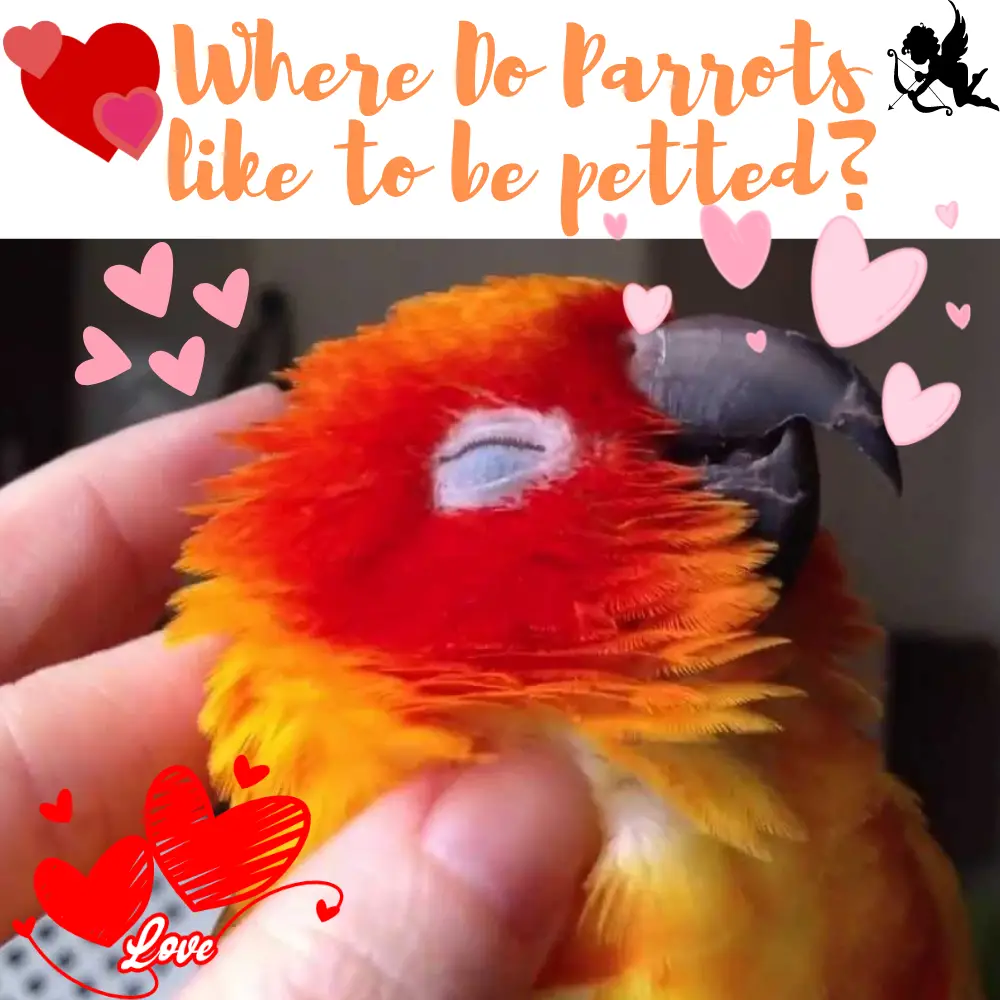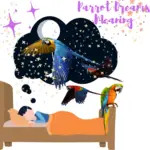
Petting parrot: Parrots are incredibly intelligent creatures. They are funny, interesting, and highly appreciated pets. That said, you won’t be able to treat your bird like a dog, cat, or rabbit.
How to pet a parrot
Parrots need to be treated delicately and many people do not know how to pet them properly. It won’t be as simple as petting a furry animal, but if you do it right, your parrots will greatly appreciate this sign of affection.
SOURCE:Howcast
Approaching the Parrot
Be aware that you will not be able to pet just any parrot. Birds are individual and unique creatures: some love to be petted, by anyone, while others will not accept to be touched, not even by their master.
- If you are trying to pet a parrot that is not yours, understand that the animal may need to get to know you before accepting your papouilles. Take the time to visit the parrot and gain its trust before trying to touch it.
- If you have a parrot or parakeet, understand that not all parrots will eventually accept caresses. Some simply don’t like it and care about their personal space. If this is the case with your feathered friend, find other ways to bond with them, such as teaching them tricks or letting them land near you as you work.
Calmly approach the bird before touching it. Make sure the animal is aware of your presence and sees you approaching. Talk to him for a few moments before reaching out to him. Don’t just catch the poor animal. He will have to get used to your presence and be aware of what you are doing, especially if you are trying to touch him for the first time.
Study the bird’s body language and make sure it is comfortable. parrots communicate in many different ways, much of which are non-verbal. So it’s important that you can read the clues it sends you.
- Is the bird extremely rigid and staring at you as you approach? Is he trying to move or move away from you or push you away? Is he trying to bite you? These are more or less obvious signs that the animal does not appreciate what you are doing and that you will have to stop.
- Does the animal turn its head slightly or bow to your approach? Does he close his eyes? Does it slightly inflate its feathers? These signs will indicate that the parrot is relaxed, confident, and comfortable with what you are doing. That’s a good thing!
Petting the Parrot
Do not touch the parrot below its neck. This is a golden rule. Many experienced parrot owners do not realize that for many species, especially some parrots, physical contact below the neck is a breeding ritual. For this, frequently touching the bird on the back, wings or tail can lead to all kinds of behavioral problems.
- If this is not the case for all birds, most also prefer to be stroked on the head and neck more than elsewhere, since they cannot reach these areas themselves. For this, always pet your parrot above the neck and everything will go better.
Start by lightly touching or caressing the parrot’s beak. This will help the animal get used to you, and this caress will be a good starting point. Be sure to be very gentle, especially if the bird is not used to caresses.
Where Not To Pet A Parrot
- Back
- Wings
- Under The Feathers
- Stomach
- Feet
- Tail
Warnings
- Again, try not to pet the parrot below its neck. For parrots, this is a breeding ritual. This will sexually excite the beast, which over time will begin to believe that you are a potential partner. Since you are (probably) not a parrot the resulting confusion and frustration for the parrot will lead to behavioral problems, such as aggression, towards you or others, regurgitating food on you, loud cries, and tearing off its own feathers.
- If you begin to notice the problems listed above, consult a veterinarian or other parrot specialist. These problems can be corrected, especially if you are aware of them. For the health of the parrot, you will have to do your best to remedy it!
Parrot won’t let owner stop petting him




















